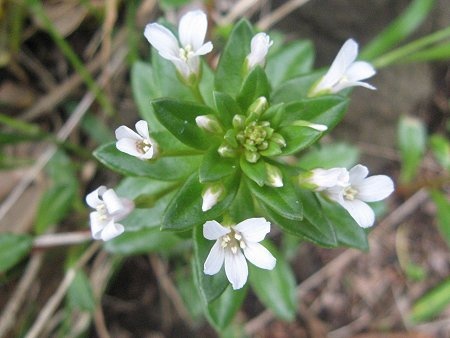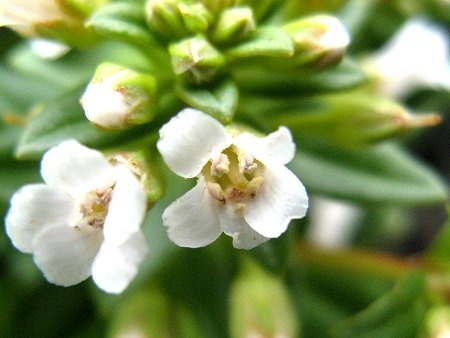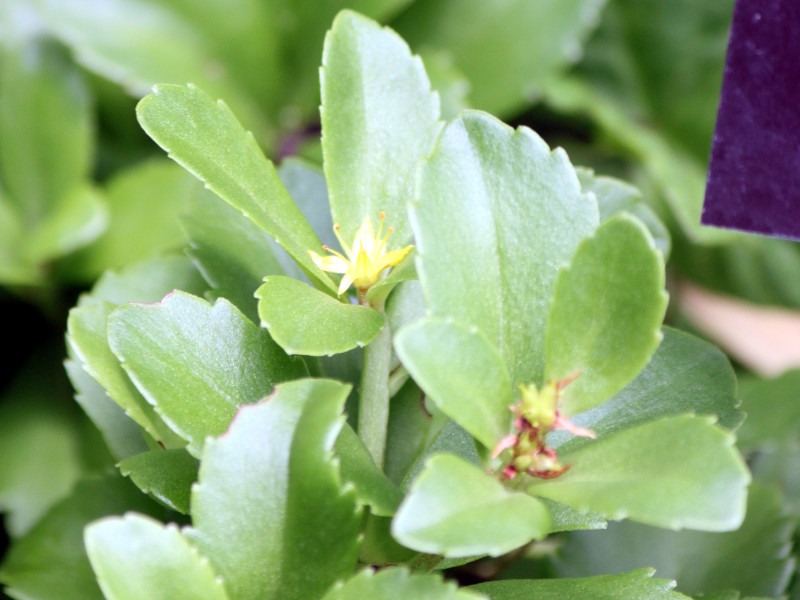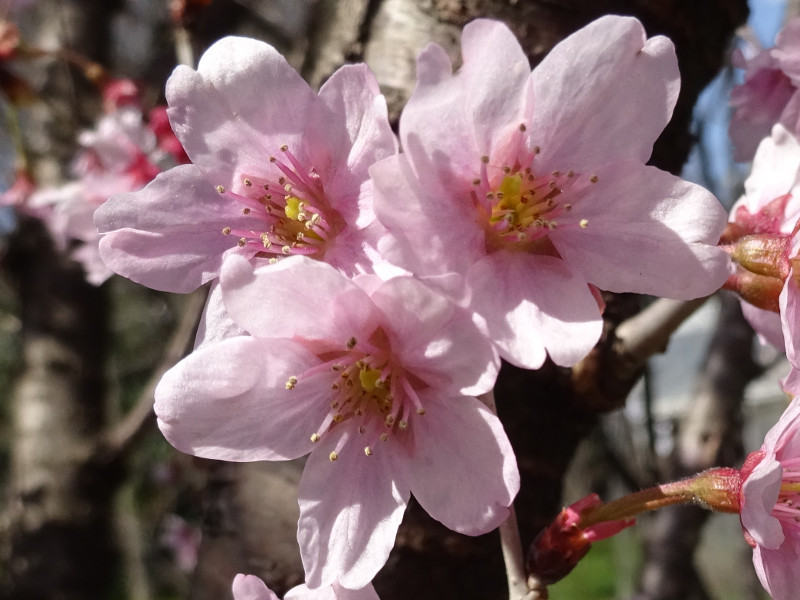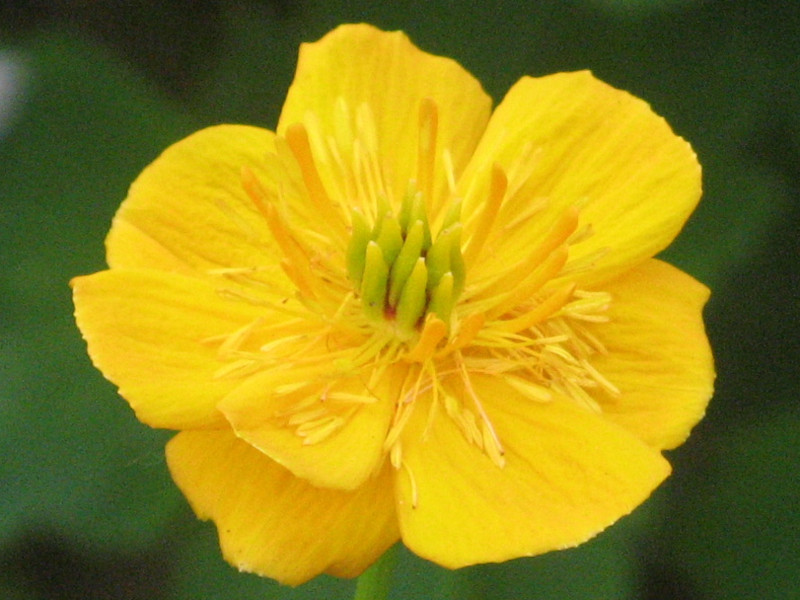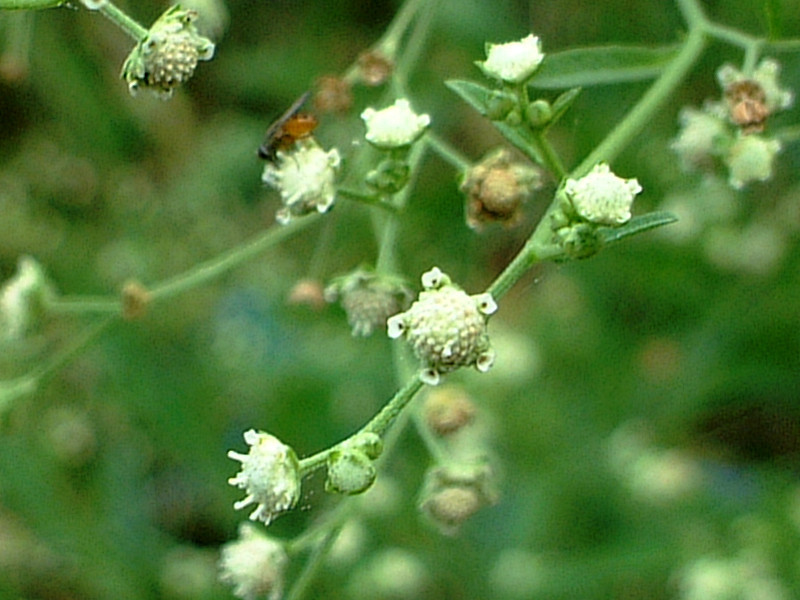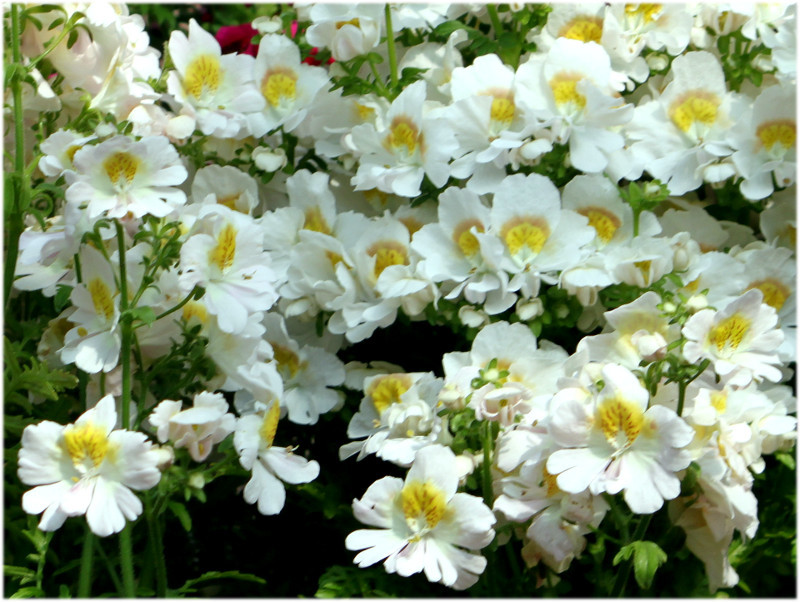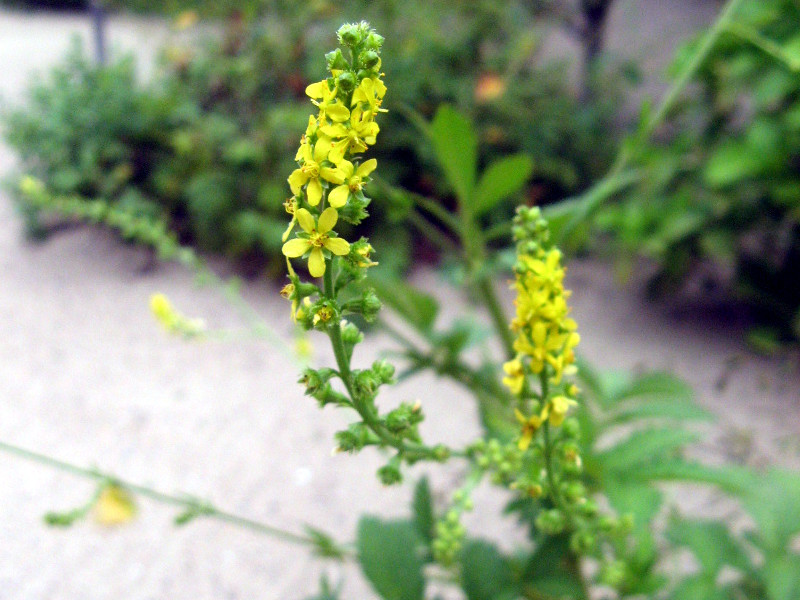Lysimachia mauritiana
- Flower nameLysimachia mauritiana
- Scientific nameLysimachia mauritiana
- Alias
- Place of originSoutheast Asia and the Pacific Islands
- Place of floweringSeashore
- Flowering seasonMay, June
What is Lysimachia mauritiana
Lysimachia mauritiana (scientific name: Lysimachia mauritian) is a sea perennial plant belonging to the family Primulaceae, which is native to Southeast Asia and the Pacific Islands. The stem is branched and upright at the base and is reddish. The leaves are glossy, slightly fleshy and have a cocoon shape, and the vegetation is spirally attached so that it can be sunlit evenly. On the beaches such as rocky beaches and beaches, in the early summer, the inflorescences stretch and white florets gather to bloom. The corolla divides into five. The flower name is based on the fact that it blooms on the beach and the grass is similar to the boss used for Buddhist affairs.
Common name: Hamabos (Hamabuko), Scientific name: Lysimachia mauritiana, Taxonomic name: Plantia angiosperm true dicotyledon azalea Primulaceae, Occatrano, Origin: Southeast Asia, Pacific Islands, Distribution: Southern Hokkaido to Okinawa, Japan, Environment: Sandy, rocky, cliff, plant height: 10-50 cm, stem: slightly reddish, with or without hair: hairless, leaf color: green, leaf shape: cocoon-shaped, folding needle shape, leaf blade: 2-5 cm , Leaf width: 1-2 cm, Lead inflorescence: alternate and spiral, Flower Inflorescence shape: raceme, Inflorescence length: 5-10 cm, Flowering period: May-June, Flower color: White, Flower diameter: 1 cm, flower pattern length: 1-1.5 cm, fruit: spherical.
